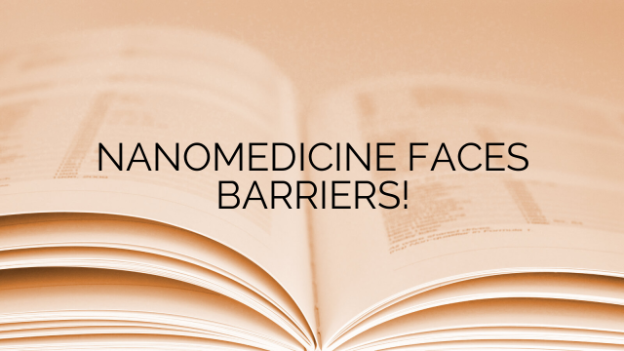Nanomedicine holds great promise for improving medical treatments and saving lives, but developing new technologies also requires responsible discussion of challenges and ethical issues. Here is a thoughtful, well-researched perspective on barriers nanomedicine faces:
Like all emerging fields, nanomedicine still has uncertainties to address as understanding and applications progress. Some nanomaterials behave differently at the molecular scale than larger scales, necessitating thorough safety testing before therapeutic use. Researchers worldwide are diligently working to characterize nanoscale properties and interactions, through techniques like molecular modeling and minimally-invasive testing on animal and human cell cultures.
Regulatory processes must adequately consider the novel aspects of nanomedicine while avoiding undue delays that could postpone medical benefits. Regulators face a learning curve to develop evaluation frameworks specific to nanotechnologies. At the same time, oversight should carefully prevent premature approval of treatments lacking conclusive safety data. The FDA and other agencies have made adapting regulatory science a priority, and their open dialogue with scientists will hopefully yield improved processes balancing innovation with well-being.
Cost challenges also exist. Nanomedicine often requires multi-disciplinary collaboration and complex research facilities, driving up development costs that must be recovered. Some argue nanotech could eventually lower medical spending through earlier disease detection and intervention, targeted drug delivery reducing side effects, or tissue regeneration replacing repetitive treatments. Regulatory clarity supporting both innovation and access will be important to maximize nanomedicine’s affordability.
As with any new field, questions surround inclusion and distribution of benefits. Ensuring fruits of public nanomedicine funding support universal healthcare access aligns technologies with their intended purpose of improving lives for all. Private sector partnerships could tap respective strengths of each, directing innovations toward unmet medical needs regardless of ability to pay. International cooperation on clinical trials and data-sharing would also accelerate progress.
Public understanding and engagement are equally significant, given nanomedicine involves emerging but not universally familiar technologies. Transparency from researchers and ongoing two-way communication with lay communities fosters informed discussion and prioritizes patients’ wellbeing, safety values and demographic representation in applications of these technologies. Addressing uncertainties requires balanced, evidence-based dialogue acknowledging both promise and unknowns as knowledge grows.
With diligent research, prudent oversight and inclusion of diverse perspectives, nanomedicine’s transformative potential for individual health and quality of life worldwide can be responsibly realized. Continued progress depends on ongoing commitment across sectors to thorough vetting of nanotechnologies, plus equitable and transparent development processes ensuring community priorities and protection of the public remain paramount as this impactful field continues advancing. An ethical, collaborative approach will help maximize nanomedicine’s ultimate benefits for all humanity.
